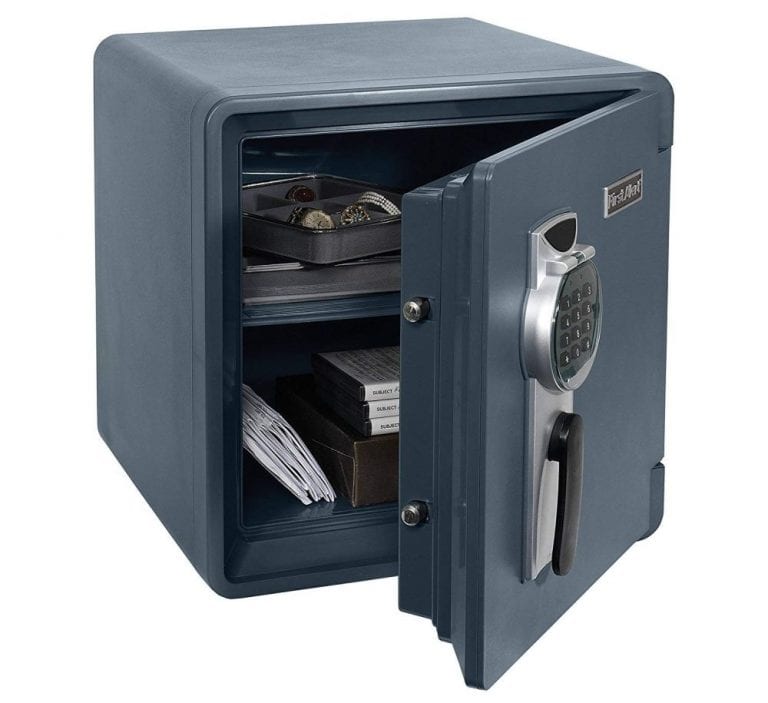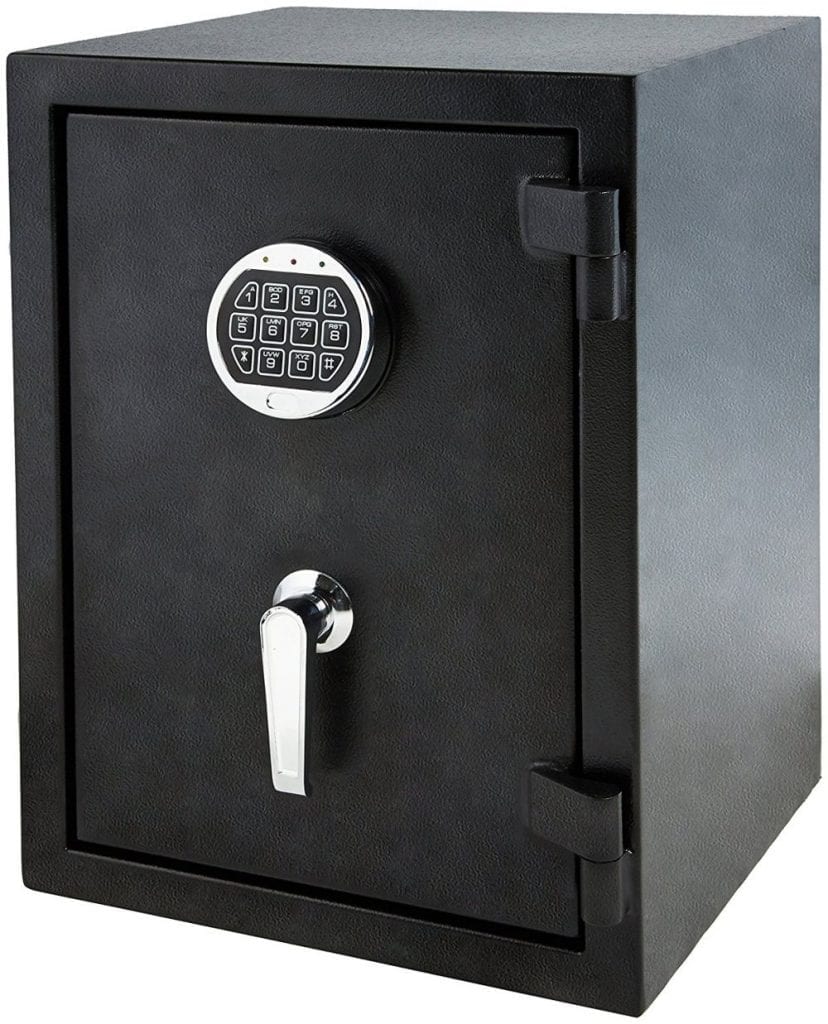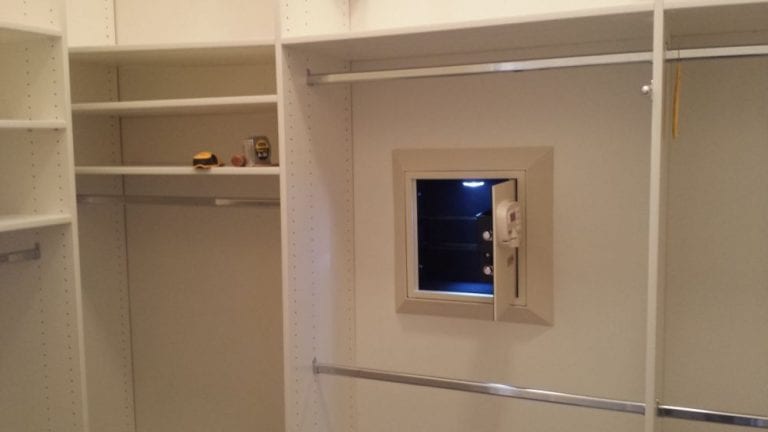Securing your home is a complex matter, and the level of security is dependent on what you perceive as well as what actually might occur. Home safety is not just about securing your home from attackers; it is also about securing it internally and making your home a safe environment for children as well as for adults.
As such, there are many considerations when securing your home, and one of the most popular devices found are wall safes. These products come in a variety of sizes and forms, and are useful for securing anything from paper media to guns, as well we prescription medicine to jewelry. The different levels of security required to secure your items have led to a plethora of products as well as a plethora of false and unreliable products that have invaded the market.
When considering a wall safe for home safety, you have to ask yourself a number of key questions, and these are:
- What do I need to secure?
- From whom am I securing them?
- Who will have access to the wall safe?
These three questions from the fundamental basis are determining what you will buy. Size, level of security features; metal thickness, lock type external conditions are determined by the answers to the three questions.
Let’s take a look at the answers to these questions and determine the features needed for a good wall safe.

image source: amazon.com
Securing Weapons
Guns have gun safes; these are bespoke boxes designed specifically to house weapons. They come in various sizes and shapes. A wall safe for guns will have two basic features, these include a standard locking device and a simple security level. Gun safes are not really safes, they are gun boxes with a lock, and are made to make access easy for adults, but hard for children or intruders. They come in a number of combinations, and these include basic UL certified to fireproof/waterproof UL certified, to fully impregnable wall safe combinations.
Securing Valuables (including Documents)
These are the most common variety for wall safes, and they come in a number of UL certified levels, each level intended to secure your wall safe against forced entry. They also come with fireproof and waterproof features, and there are a variety of lock mechanisms that range from standard key locks, electro-0mechnical codes, simplex, and fingerprint scanners. The type of lock will determine the complexity of access as well as the number of people that can access the safe, including a smart lock that records the time and individual that access the safe. For documents and storage media, it is usually advisable to purchase a fireproof and waterproof safe.
Securing Against Children
If your main concern is children, then you don’t need a solid large safe, but a security device with a sensible locking mechanism. To be sure that you can access your wall safe at any moment without worry that your children will access it suggests you buy a simplex, combination code, and key lock, or a fingerprint lock. These will defy children who are actually some of the best lock pickers around. Some six-year old’s can be very focused when given the opportunity to pick a safe lock, including finding where you hide the key or write down the combination code.
Securing Against Thieves
If your intention is to secure against forced entry, then the lock is irrelevant, you need to invest in a solid UL certified safe that comes with the highest of certifications. This means you need a safe that has steel walls that are at least 1” thick, and that comes with a keyless code ort biometric lock combo. Just for your reference, so you understand the gobbledygook that some sites present, I present to you only a few of the UL ratings, without a UL rating, don’t by the product, and do not fall for the letter B, C or D ratings, etc. These are the products manufacturers ratings, not UL standards, and are meaningless.
- RSC: This is the most basic standard and is found on most gun vaults, lock boxes, and other simple security devices. These are not safes, only steel containers that can withstand a hand tool attack for about 5 minutes.
- TL-15: The body is made of 1” thick steel, and comes with a lock that withstands a hand tool attack up to 15 minutes from the front (door).
- TL-30: Like TL-15, but will last for 30 minutes.
- TL-30X6: The X6 means that the safes entire body (all six sides) will withstand an attack for 30 minutes.
- TRTL-30X6: The added “TL” means that the safe will also withstand a torch (oxyacetylene) attack for 30 minutes on all sides.
- Class 125: When added to the above, means that the interior of the safe will not get hotter than 125° for 1-2 hours, in a fire of 1550°.
- Class 150: As Class 125 but for 150°

image source: amazon.com
Now that you understand a bit about rating’s, let’s look at the so-called metal gauges being thrown around as if they were military tank shielding.
Here is the thickness of the gauges within wall safe ranges:
Gauge Inches mm
- 10 0.1345 3.416
- 11 0.1196 3.038
- 12 0.1046 2.657
- 13 0.0897 2.278
- 14 0.0747 1.897
- 15 0.0673 1.709
- 16 0.0598 1.519
- 17 0.0538 1.367
- 18 0.0478 1.214
- 19 0.0418 1.062
- 20 0.0359 0.912
As you can see, a wall safe with a 16-gauge steel rating is only 1.5mm thick, this means you can take a hammer and screwdriver and punch holes in the wall in seconds.
Take into account that thin safes are perfect for general security measures, such as securing against children and perhaps home invasions when you are at home. However, if you want a wall safe that provides true home safety, you must invest in at least a TRTL-30X6 and have it linked to an alarm system too.
Single Access
Wall safes can be a personal application, where only you want access to it. This could be for a gun, or prescription medicine and you want them to be secure against anyone from accessing them. In this instance, any lock type is fine to choose from.

image source: digitalsafeonline.com
Multiple Access
If the best fireproof safe for home is for general use, and anyone can access it to get a weapon for self-defense, then you might consider a fingerprint lock which will secure the safe from only home use and be sufficient against intruders, or any electromechanically coded lock, where you can provide more than one code. If you can afford to buy a system that records access, you can also monitor who and when access the safe.
Fireproofing
A quick rod on fireproof safes, these are usually thin shells with fireproof materials in the safes lining. They are used to help store documents and storage media from extreme temperatures and have different levels of protection, as specified by the UL. Just remember that they don’t usually last longer than 2 hours at best, which means that if you need to secure anything against fires, you will want a UL-125 more than a UL-350, this means that the contents will be held in an internal temperature of 125 degrees or 350 degrees for up to 30 minutes and in the best fire-proof safes, up to 2 hours.
Conclusions
Wall safes are perfect home safety products designed to secure anything deemed valuable or dangerous from children and intruders. You are not limited in buying only one device, you can have many wall safes around the home, each one for a specific purpose, it also helps if you have more than one, splitting up your valuables will confuse the intruders, and they might leave after cracking one wall safe thinking they have succeeded. Also, wall safes help secure dangerous items from children, and as such, are an extremely efficient home safety appliance.
